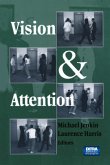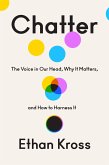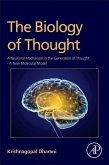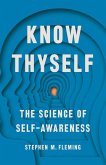Brain Mechanisms: Linking Cognitive Phenomena to Neuron Activity shows how to understand higher cognition in terms of brain anatomy, physiology and chemistry. Natural selection pressures have resulted in all information processes in the brain being one of just two general types: condition definition/detections and behavioural recommendation definition/integrations. Using these information process types, hierarchies of description can be created that map from cognitive phenomena to the activity of the billions of neurons in the brain. These hierarchies make it possible to create an intuitively satisfying understanding of how neuron activity results in human memory, consciousness and self-awareness. These ideas were previously described at a technical level in Towards a Theoretical Neuroscience: from Cell Chemistry to Cognition. This book presents the ideas for a more general readership.
Hinweis: Dieser Artikel kann nur an eine deutsche Lieferadresse ausgeliefert werden.
Hinweis: Dieser Artikel kann nur an eine deutsche Lieferadresse ausgeliefert werden.

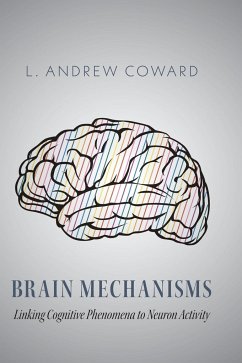

![Perceiving Talking Faces: From Speech Perception to a Behavioral Principle [With Allows Experience of Perceptual Phenomena Directly] Perceiving Talking Faces: From Speech Perception to a Behavioral Principle [With Allows Experience of Perceptual Phenomena Directly]](https://bilder.buecher.de/produkte/24/24305/24305650m.jpg)
